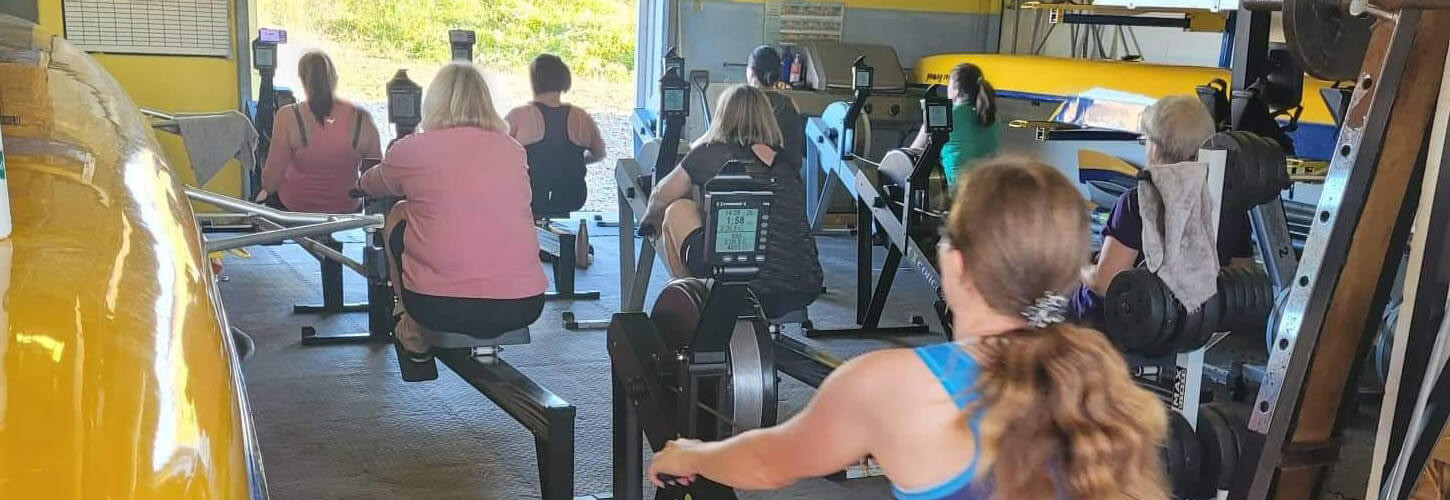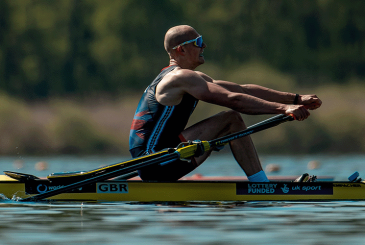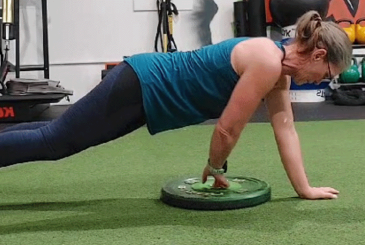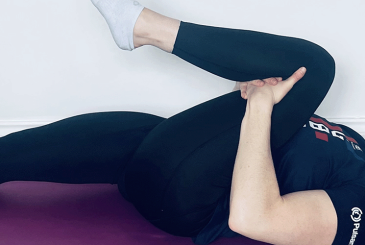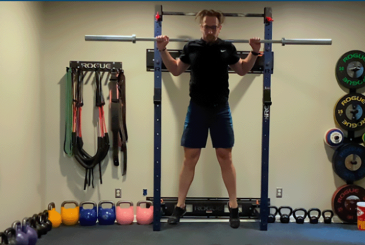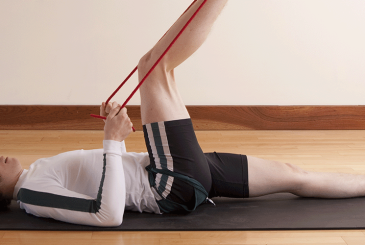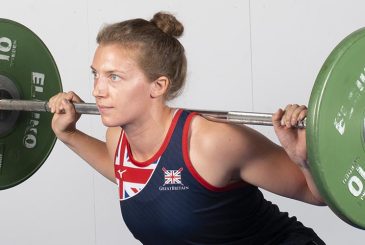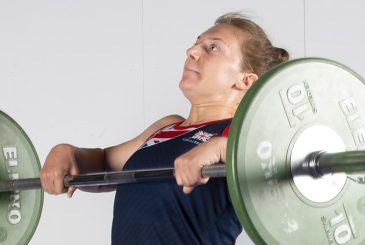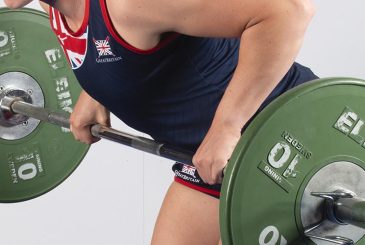Older, experienced rowers generally have something to teach the juniors, but can it be the other way around too? Toby Bryant found that many clubs are breaking with tradition by putting athletes of mixed age, sex and experience side by side when land training, with benefits for all
It’s nearly 8pm on a cold winter’s night, I’m on my final three-minute erg rep, and the going is tough. I’m about to write it off and paddle it in, when I see 16-year-old Lydia upping the rate next to me. And then her dad, Glenn, aged 65, follows on the machine next to her. “I can’t be having this,” I think, and somehow find the energy to match them.
At my small club, City of Sunderland RC, and others of similar size, training in groups of mixed age, experience and gender may begin as a necessity rather than a choice. Facilities, the number of coaches and the quantity of rowers willing to show up for erg work are all good reasons why hybrid sessions are the only practical option. But the approach can also reap unexpected additional benefits for athletes.
Note: This article is about land training in mixed groups, which is generally much more feasible than rowing in mixed boats or groups on the water. Although some clubs do find brilliant ways to make this work really well, in general, newcomers may stunt progress of experienced rowers, masters with fragile backs don’t want to risk injury in unstable eights, and basic logistics such as the distance of sessions and boat speeds may not align. Indoors, none of that applies.
Making mixed group land training work
Running time-based rep sessions is key. Like the three-minute erg monstrosity set by my coach and Club Captain Chris Webb, it doesn’t matter what level the athlete next to you is. The split on their screen is irrelevant when you are all working at 100% and going through the highs and lows of the same session together.
Speaking to Lydia after training, she admits to getting “really competitive” in mixed sessions while Glenn calls it a “brilliant way of training”. He adds, “It’s much healthier in any club to get all different people training together, at least at some point in the training programme. Having more people there makes people competitive. It makes you work.”
Not only does rowing next to Lydia help me hit the high rates I hate, but when I overhear Chris telling a younger rower to look at something I am doing as an example, I become much more aware of making sure my technique is right.
Chris says, “A rower’s ability isn’t dictated by their age, or even their capability to move a boat quickly. Mixing rowers can allow development of technique and behaviours – either by exposing less technically adept rowers to those with better abilities or by matching up rowers of similar ability across age ranges and genders, even if they’d be different speeds in sculling boats.
“A competitive squad atmosphere is obviously beneficial, but having a large group who feel able to support one another without the individual concerns around others taking their place generates a more positive, family culture.”
“Really competitive but in a fun way”
The sense of community generated by going through the pain of hard training together was one of the things I loved about Sunderland. So I was pleased to find that again when I moved to Worthing RC on the south coast. Coming out of lockdown, attendance was limited and on a booking system, which meant traditional squad groups were paused. Especially in that unprecedented time, training with athletes who had vastly different stories of how the pandemic was affecting them fostered new bonds. Fast-forward 18 months and a more regimented programme has returned, but the club is keen to keep the advantages that come with mixing things up.
Club Secretary Annika Brogaard Maczka explains how the club recently arranged a one-off mixed training session – an ergo followed by short running sprints – before a boat naming ceremony for practical reasons. “We were trying to find a way to make sure all the juniors, parents and club members could be at the club at the same time without having to wait for separate training sessions,” she said. It turned out to be a lot of fun too, injecting variety into the usual training programme.
One of the rowers who enjoyed that experience is 68-year-old Dawn, who only joined the club in 2021. She said: “It was lovely. We were put in little teams of three and it was funny to have a 16-year-old shouting ‘come on Dawn’ and encouraging me. Having to row a timed session with people of mixed abilities made it really competitive but in a fun way.”
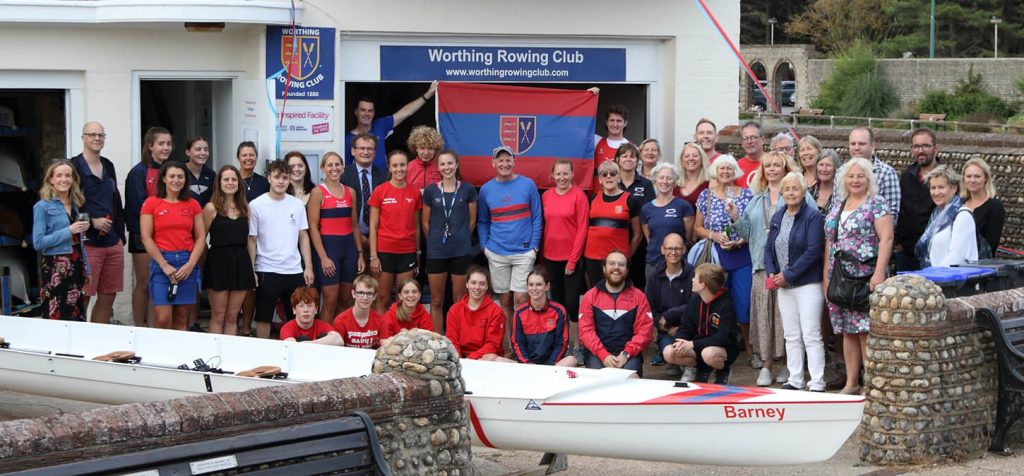
A choice, not just a necessity
With so many benefits to be had, some clubs who have the option of running separate sessions for different levels are choosing not to. As a result of many rowers leaving during the pandemic, Eastbourne RC started afresh with new novices. Initially, there were only enough club members for one shared session. The club’s hard work paid off and now there are not enough ergs to meet demand. But rather than split the evening sessions by squad, Captain Jon Osborn has implemented mixed early and late sessions. This makes training more accessible by suiting people’s different schedules.
He said, “The club has a very good morale as everyone talks together. When people have done the same training, they can compare perceived effort and chat about how that session felt. Members learn from each other. Those who have a bit more experience guide those who are newer. If someone sees something being done that’s not quite right they’ll suggest a better technique for them to try.”
Jon adds that running regattas is easier as a result because everyone knows everyone else across the squads. People can ask questions without hesitation and share tasks without the awkwardness of not knowing who’s who.
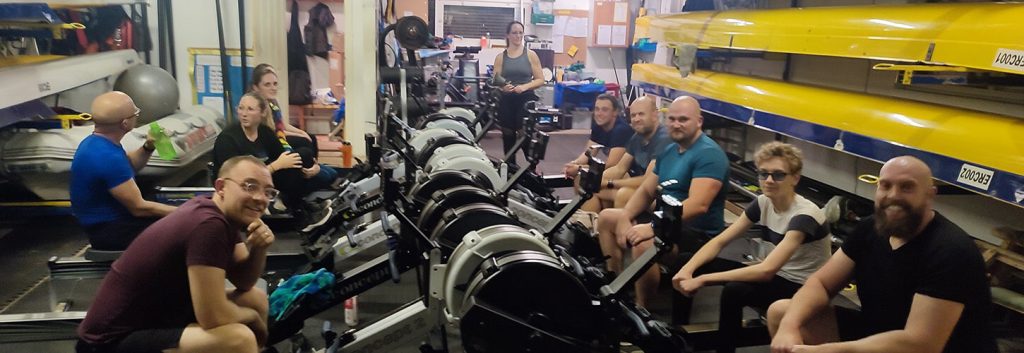
Safeguarding in mixed age group training
Of course, it’s essential that juniors are safeguarded when training in mixed groups with adults. Sufficient supervision is a minimum requirement. Annika adds that Worthing work on hard on DBS checks and photo permissions, while Chris explains that Sunderland generally avoid large age gaps. He also consults all the coaches before arranging mixed training sessions.
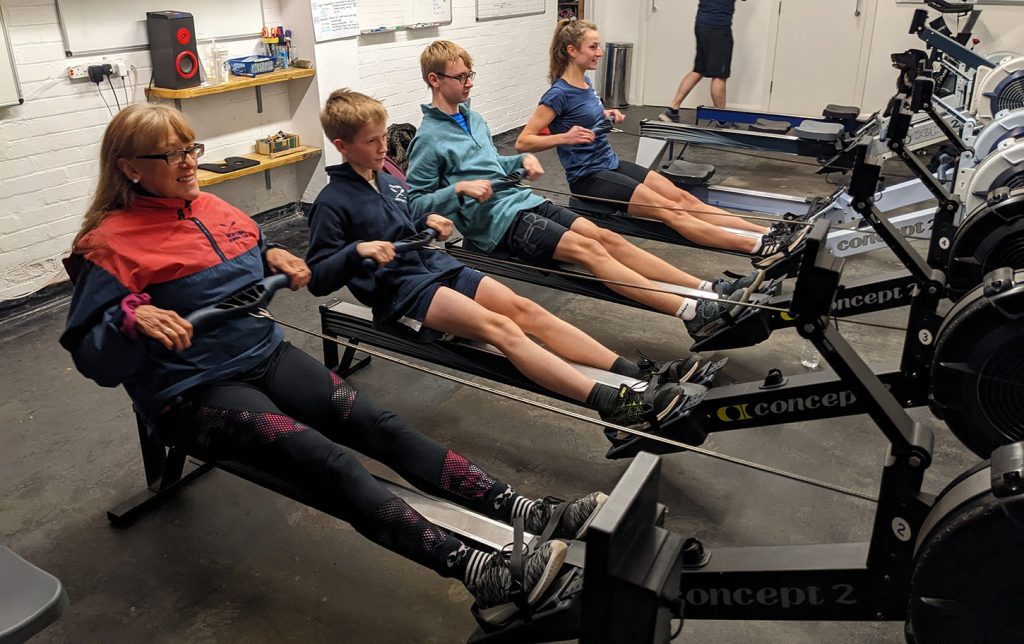
Conclusion
I’ve definitely learnt from everyone who’s been next to me on the machines at Worthing or Sunderland. And I’m quite sure that I wouldn’t have got as much out Chris’ demanding sessions without my club colleagues beside me.
What do YOU want to read about on British Rowing Plus?
What do you find interesting here on British Rowing Plus that you’d like more of? What haven’t we covered yet that you’d like to read about?
Let us know by emailing [email protected]


